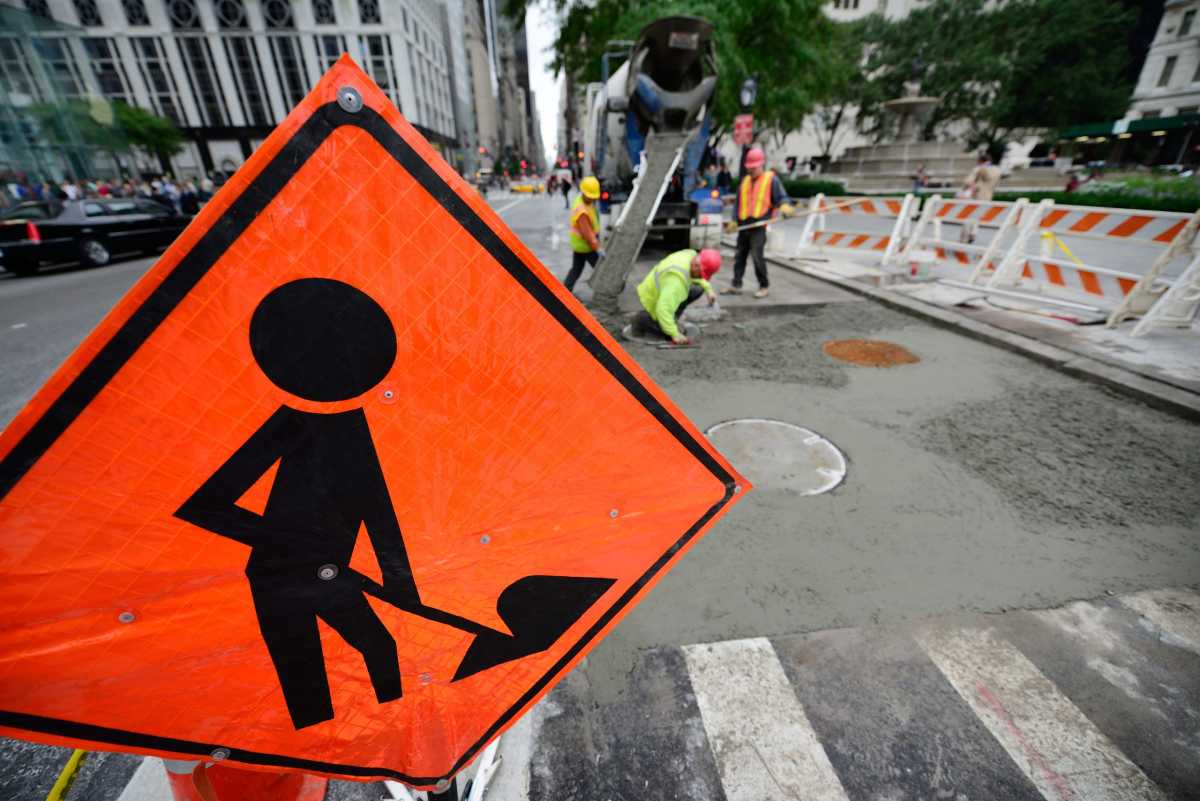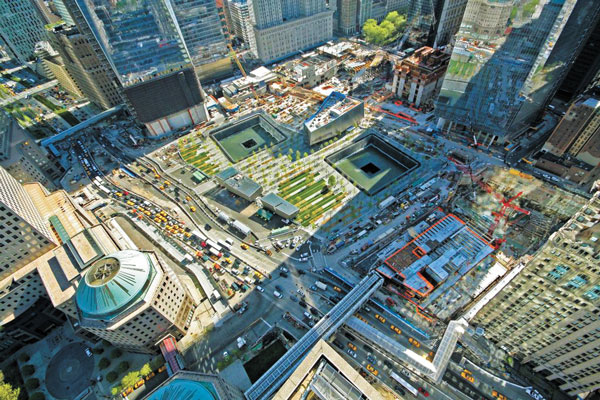A recent report found that New York City suffered a significant decline in construction jobs due to the COVID-19 pandemic.
The report released by State Comptroller Thomas P. DiNapoli stated that the city lost 44,400 construction jobs in 2020, the worst decline in the industry in over 25 years. What was once the fastest-growing sector between 2011 to 2019 with a 43.5% rise in construction jobs was brought to a complete halt as a result of the pandemic.
In 2019, New York State as a whole reached a record 406,000 construction jobs, which fell 10.9% to 362,200 in 2020. This marks the highest construction job loss compared to any other state and accounts for nearly 20 percent of the industry’s job losses nationwide. In New York City, construction employment declined by 14.4 %, or 23,300 jobs, in 2020, with Queens losing the most jobs at 6,900, followed by Manhattan (6,800), Brooklyn (5,600), the Bronx (1,600) and Staten Island (1,200).
“The pandemic has had a devastating impact on the construction industry in New York City,” DiNapoli said. “The sector started back up last June, but even with pent-up demand for certain projects, jobs are still lagging behind the employment rebound in other industries. The state and city have important roles to play in distributing federal relief and the Biden administration’s infrastructure bill could be a boon for the industry as private investment will likely take longer to fully rebound.”
In 2020, construction in New York City was the fourth-highest paying employment sector with an average salary of $87,200, with 27% of employees earning over $80,000, making it responsible for $11.8 billion in wages. From 2010 to 2019, the average construction salary increased by 20.5%, faster compared to the private sector at 19.5%. In 2020, while total wages declined, the average salary increased 4%.
The report found that immigrants held 53% of New York City’s construction jobs, compared to the rest of the state where immigrants held 18% of construction jobs and in the rest of the U.S. at 24%. The city also had a higher share of minority-owned firms, 25%, compared to the rest of New York and the U.S. with 21% and 19%, respectively. 91% of construction companies employed fewer than 20 people and were also responsible for one third of the sector jobs in the city. In terms of spending, government spending on construction grew in 2020, increasing by 6.7 percent, or $21 billion.
“The COVID-19 pandemic created uncertainty across all sectors of the economy, and it was no different for the construction industry,” said Gary LaBarbera, president of the Building and Construction Trades Council of Greater New York. “From day one of the pandemic, our members went above and beyond to ensure that essential construction work never stopped, and now, our members are prepared to get to work on the infrastructure projects that will pave the way to recovery and to New York’s future. Investment in construction and large-scale infrastructure projects has always served as the catalyst needed to launch our city’s recovery from times of uncertainty, and with the robust American Jobs Plan being advanced by the Biden administration and Senate Majority Leader Schumer, we’re confident that this time around will be no different.”
Construction spending (residential, nonresidential and government) totaled $55.5 billion in 2020, an 8.5% decrease compared to 2019. This marked the first decline after 8 consecutive years of growth, with spending reaching a record high of $60.6 billion in 2019. The report states that spending is likely to stay flat for the next two years.
Under the Biden administration’s American Rescue Plan, New York State will receive $12.7 billion in aid, with New York City receiving $5.9 billion. In New York City’s capital plan, the city expects to spend $10.2 billion on construction in the fiscal year 2021, increasing to $15 billion by 2025.
Th’s $54.8 billion capital plan for 2020-2024 was put on hold as a result of COVID-19, which limited the MTA’s spending, however they expect to resume the plan in 2021 as it will receive $10.5 billion in federal aid for its operating budget, which includes $6.5 billion from the latest federal relief bill.
The proposed $1.7 trillion American Jobs Plan aims to provide substantial funding for roads and bridges, rail, ports and airports, water infrastructure, broadband, and other projects. Though the proposal could encourage more private investment across greater projects, DiNapoli’s report says it will likely take years for construction to reach previous heights made prior to the pandemic.
“The building industry has been significantly impacted by the COVID-19 pandemic and resulting economic fallout,” said Carlo A. Scissura, president and CEO of the New York Building Congress. “Comptroller DiNapoli’s report underscores our industry’s historic role as the backbone of New York’s economy, as well as why we must lead this recovery. We need the American Jobs Plan to get New Yorkers back to work, to build the next generation of infrastructure and to keep our region moving forward.”
Click here to read the full report.



































